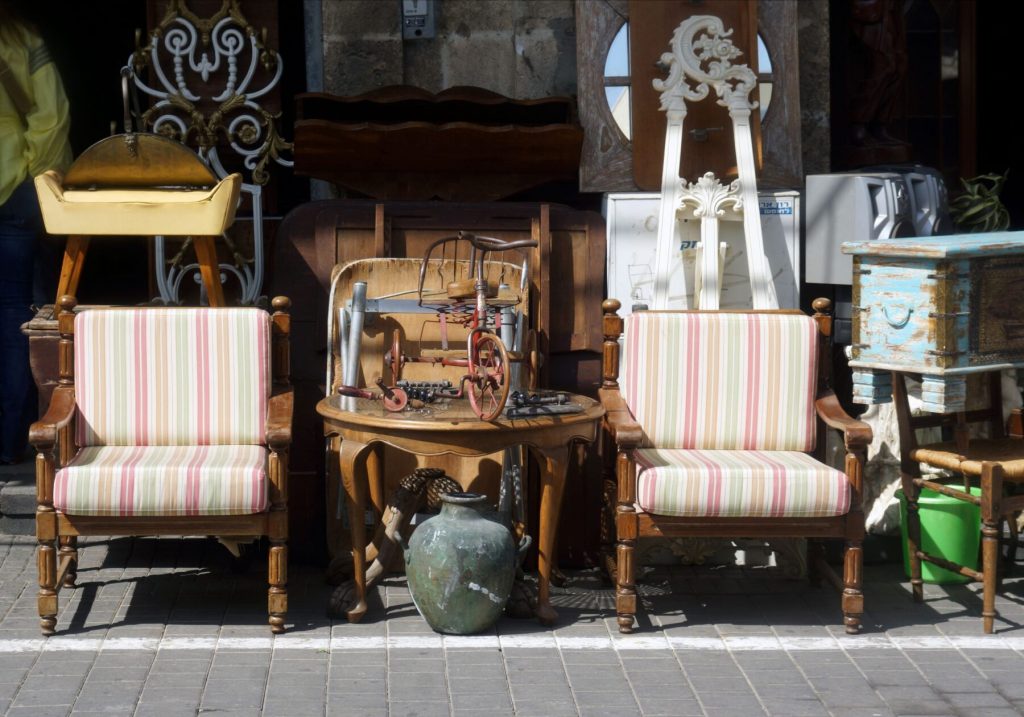As a homeowner, one of the most important things to do is to make sure that your furniture is clean and free of any pests. In this article, I’ll be discussing how to clean used furniture to prevent bed bugs. I’ll be offering effective tips for bed bug prevention that will help you keep your furniture clean and free of any unwanted bugs.
Causes of Bed Bugs in Used Furniture
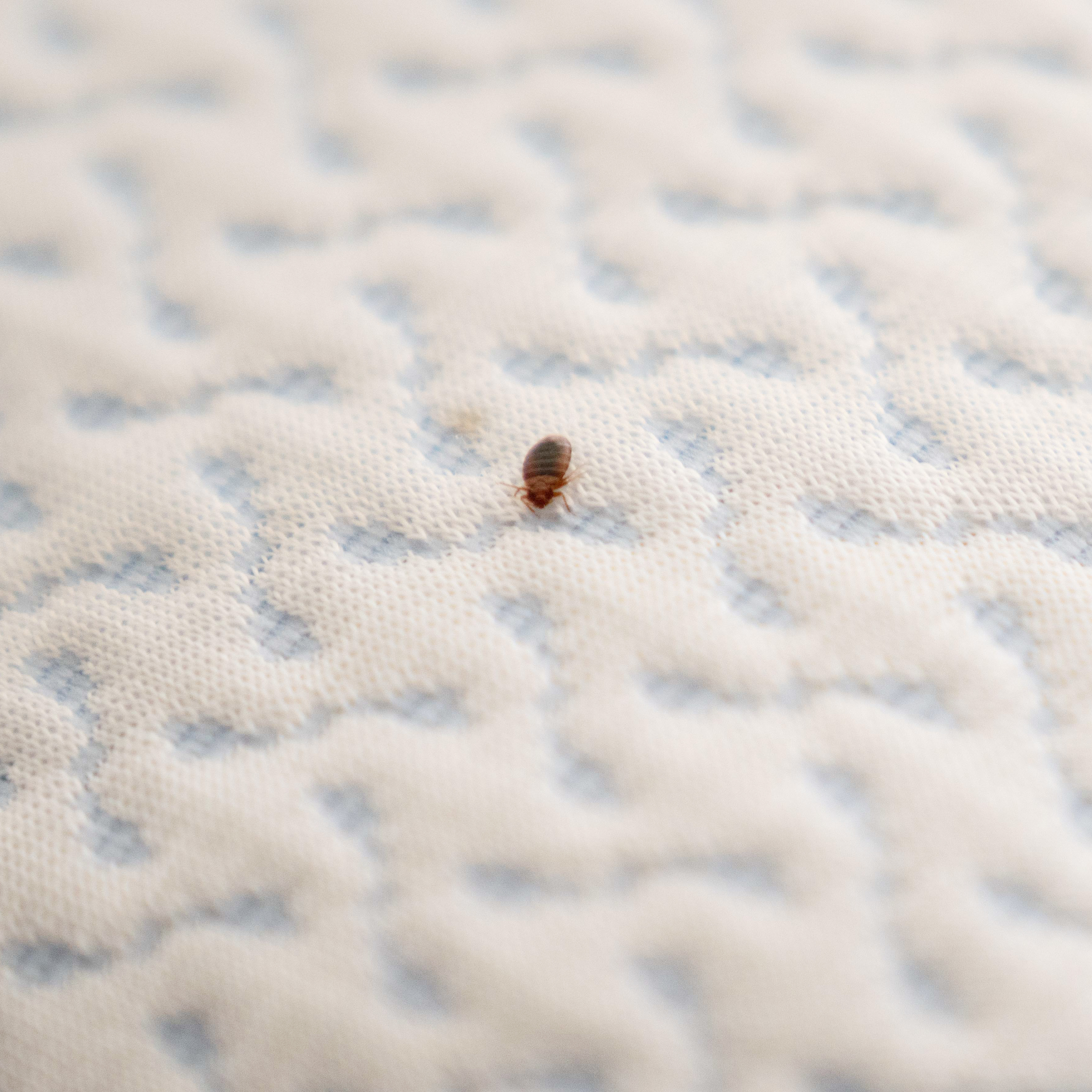
Bed bugs can be found in used furniture for a number of reasons. The most common cause is an infestation of a previously owned piece of furniture. Bed bugs are known to travel in furniture, clothing, and other items, so it’s possible that the used furniture may have been infested before you purchased it.
Another common cause of bed bugs in used furniture is the presence of cracks, crevices, and other areas that provide a haven for bed bugs to hide. Bed bugs can often be found in the seams of furniture, and in any crevices or cracks in the furniture.
Finally, bed bugs can also be brought into a home on pets, suitcases, and other items. If you have recently traveled, it’s possible that bed bugs could have been brought into your home on any of these items.
| Cause | Description |
|---|---|
| Infestation of a previously owned piece of furniture | Bed bugs are known to travel in furniture, clothing, and other items, so it’s possible that the used furniture may have been infested before you purchased it. |
| Cracks, crevices, and other areas | Bed bugs can often be found in the seams of furniture, and in any crevices or cracks in the furniture. |
| Pets, suitcases, and other items | If you have recently traveled, it’s possible that bed bugs could have been brought into your home on any of these items. |
How to Check for Bed Bugs
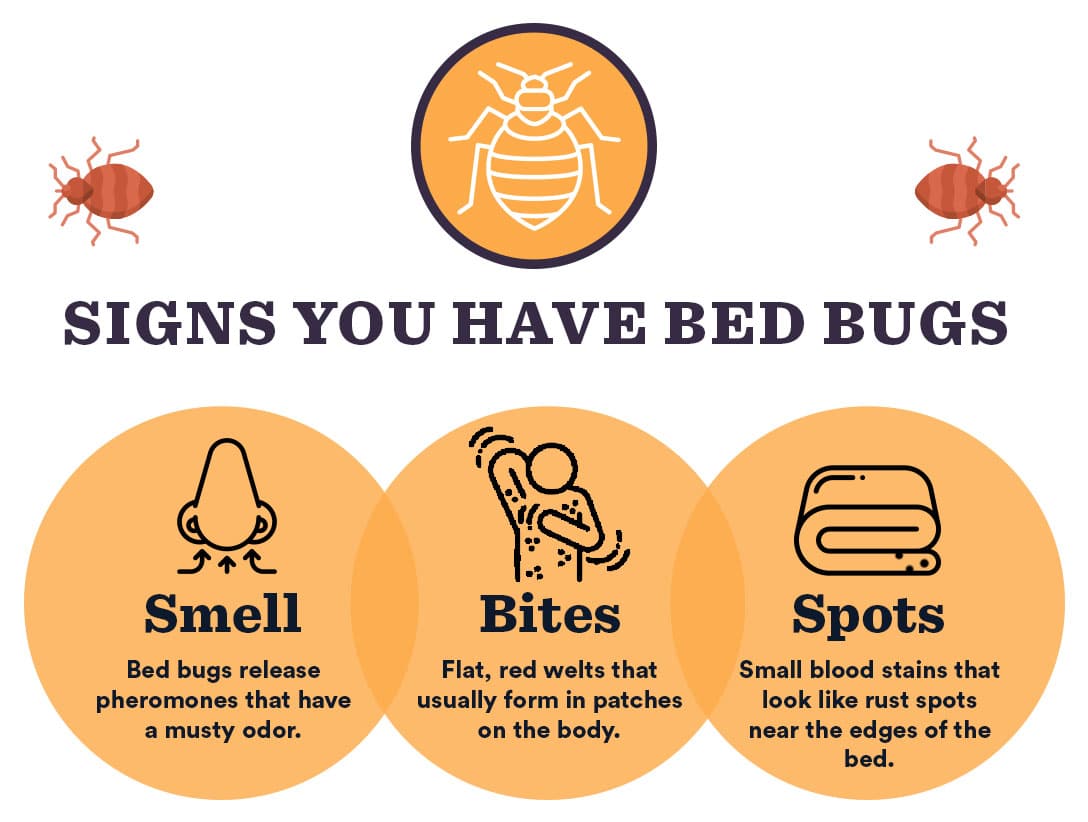
Before purchasing a used piece of furniture, it is important to check it for bed bugs. The following steps can help detect the presence of bed bugs:
- Inspect the furniture for bed bug shells, eggs, and stains. Bed bugs shed their shells and leave behind spots of fecal matter. Look for these signs on the furniture’s seams, crevices, and other hidden areas.
- Look for live bed bugs. Bed bugs are small and light brown in color. Use a flashlight to search for bed bugs in the furniture’s cracks and seams.
- Check for the smell of bed bugs. Bed bugs have a distinct, musty odor.
- Check for bites on your skin. Bed bug bites are red and itchy and usually appear in a line or cluster.
- Check the furniture’s labels. If the labels say that the furniture is pre-treated for bed bugs, it is likely free of the pests.
If you find any evidence of bed bugs, it is important to take the necessary steps to prevent them from spreading. This may include washing and drying the furniture and treating it with an insecticide.
Cleaning the Upholstery
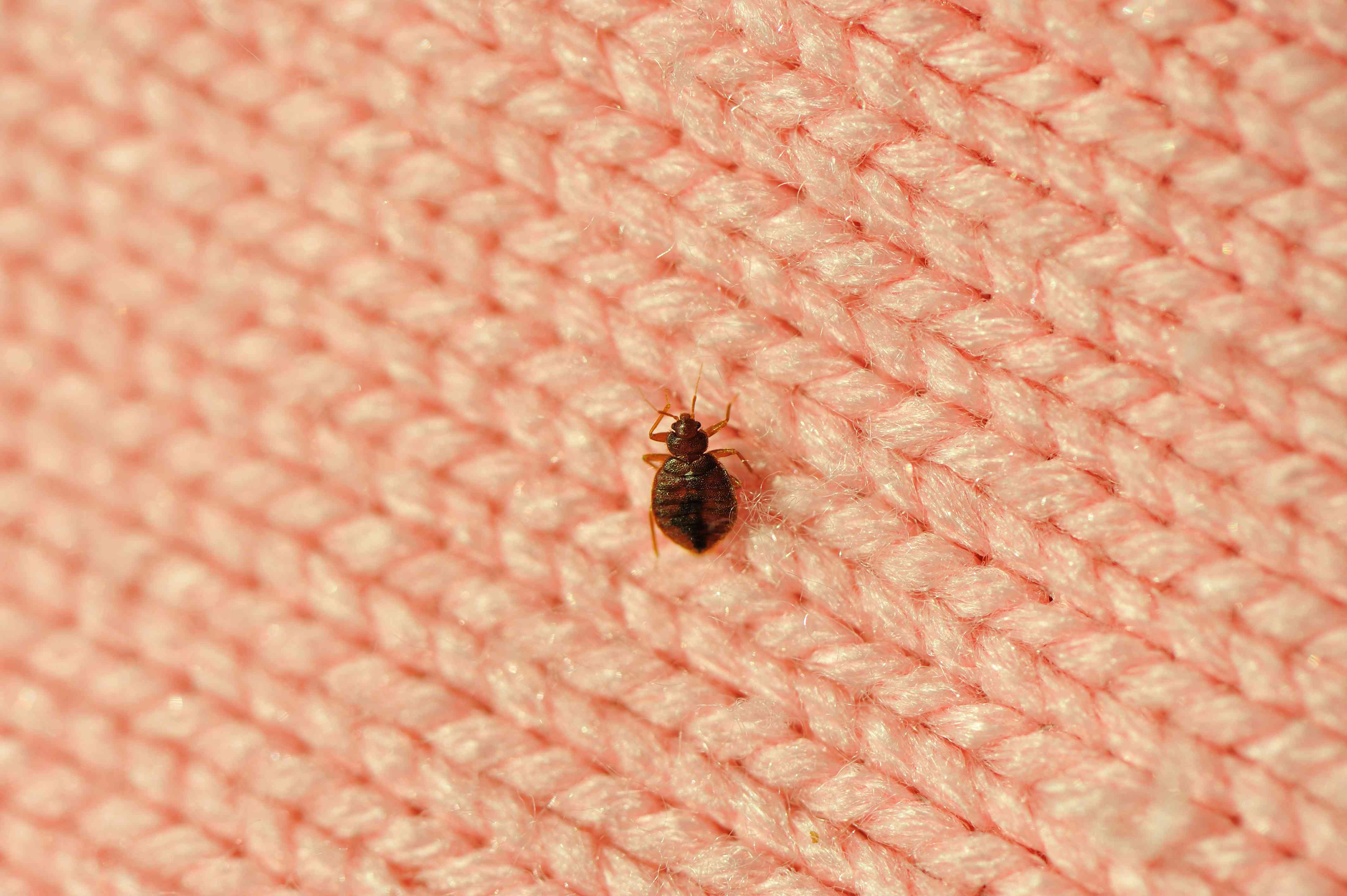
I start by cleaning the upholstery of the used furniture. I vacuum the upholstery thoroughly to remove any dust, dirt, and debris. I use a soft brush attachment to get rid of any stubborn dirt. I also use a light-duty upholstery cleaner to remove any spills or stains.
Cleaning the Wood
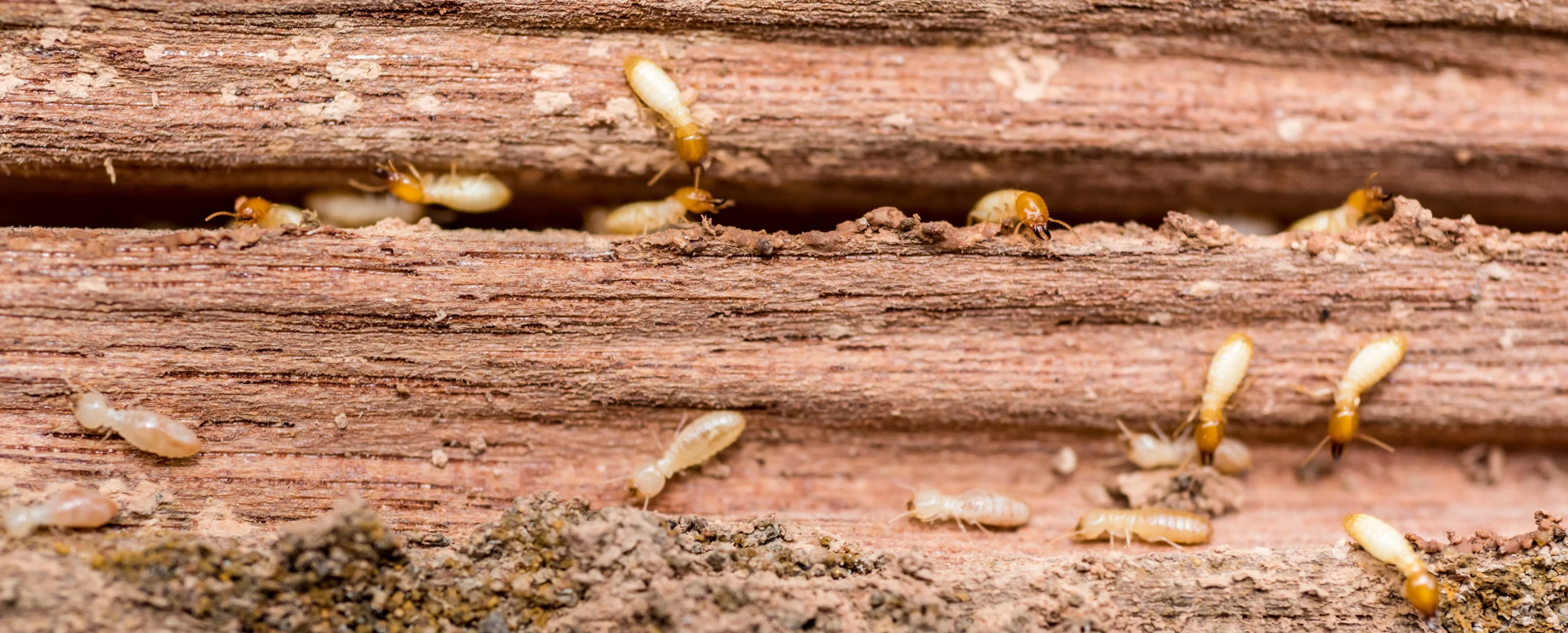
After the upholstery is clean, I move on to cleaning the wood of the used furniture. I dust the wood with a dry cloth or dusting brush. I then use a wood cleaner and a soft cloth to clean the wood surface. I make sure to use a cleaner specifically made for wood furniture to avoid damaging the wood.
Cleaning Other Materials
Finally, I clean any other materials on the used furniture. I vacuum any plastic or metal surfaces to remove any dust and debris. I use a mild soap and warm water to wipe down these surfaces. I also use a mild cleaner and warm water to clean any glass surfaces.
By thoroughly cleaning the used furniture, I can help prevent the spread of bed bugs.
Using Repellents

I find repellents to be the most effective way of preventing bed bugs. Repellents come in the form of sprays, powders, and even mattress covers. When using a spray repellent, make sure to spray liberally on any used furniture, paying close attention to cracks and crevices. Powder repellents are also effective, but can be a bit more difficult to apply. Mattress covers are a great way to protect against bed bugs, and can be easily purchased online or in stores.
Using Heat
Heat is another effective way to prevent bed bugs. If possible, I recommend washing the furniture with hot water and drying it on the highest heat setting. This will help to kill any bed bugs that may be present. Additionally, you can vacuum the furniture to remove any remaining bed bugs. Be sure to dispose of the vacuum bag in an outdoor trash can, as bed bugs can survive in vacuum bags.
3. Using Vacuuming
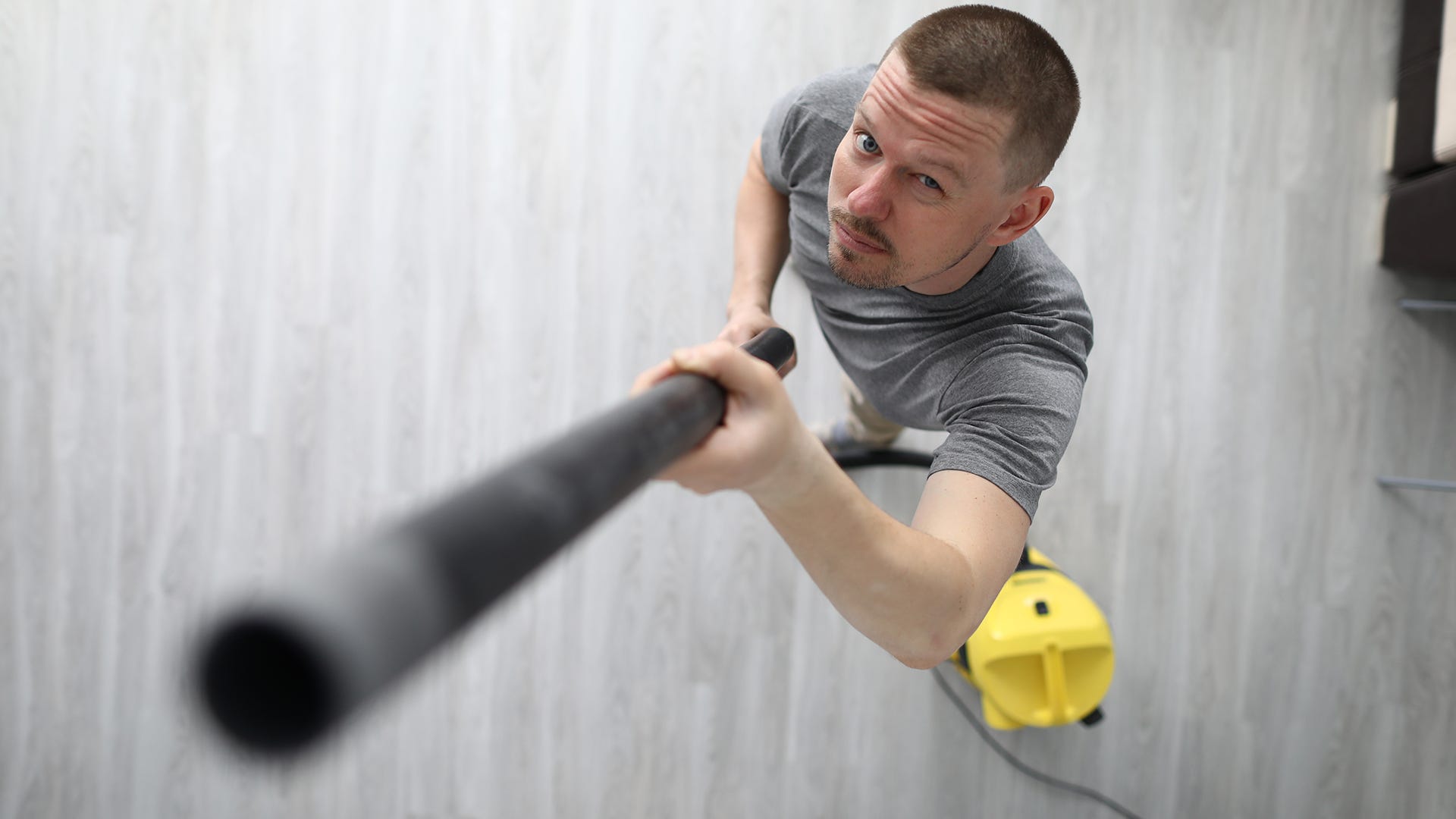
- Vacuuming all crevices, seams and folds of the furniture, and around the edges of the mattress and box spring.
- Using a crevice tool attachment for removing bed bug eggs and debris in the furniture.
- Empty the vacuum cleaner outside the home.
After vacuuming, throw out the vacuum cleaner bag to prevent bed bugs from spreading to other parts of the house.
Treatment of Bed Bugs
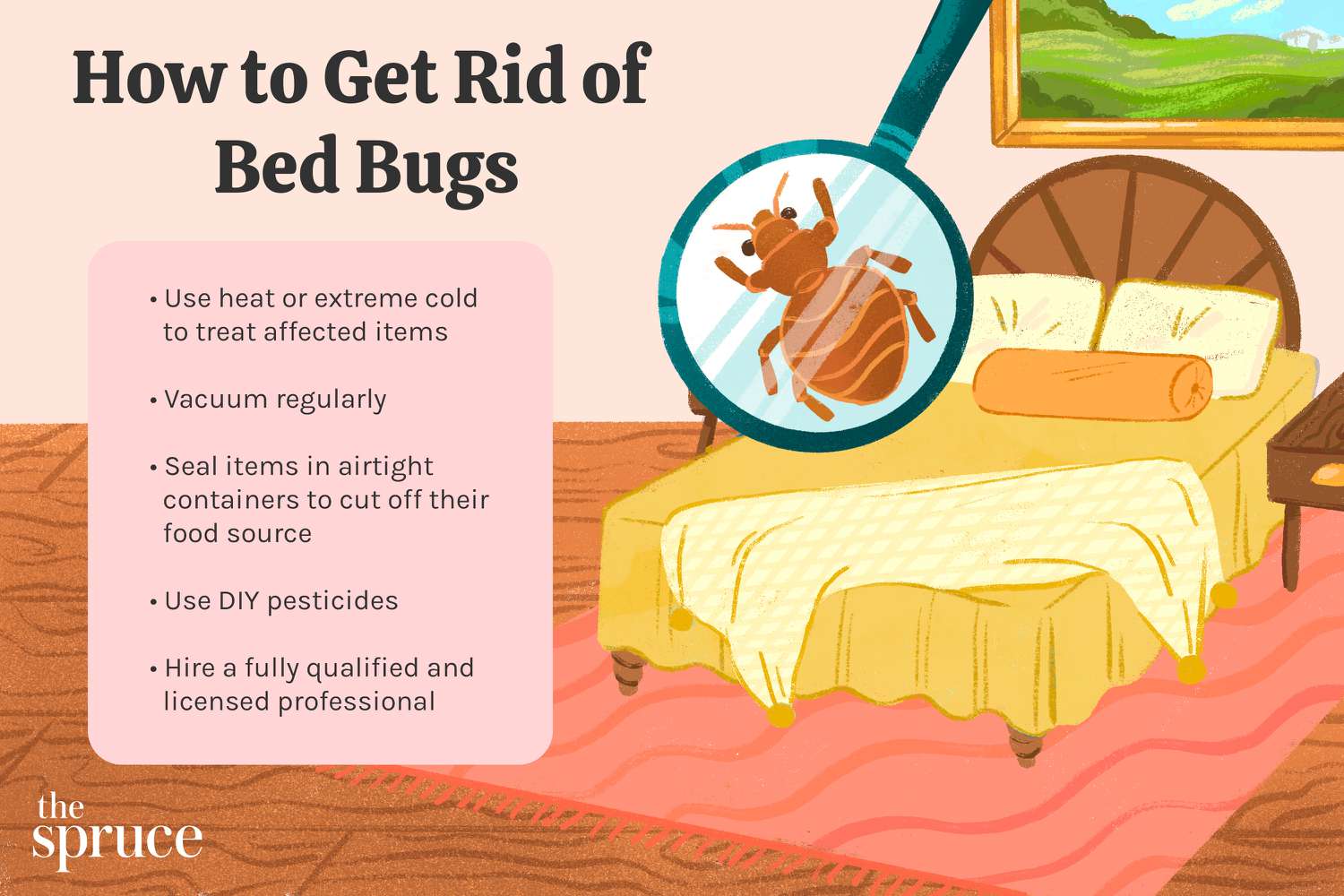
Bed bugs are usually treated with insecticides, either sprayed on the infested area or applied in a dust form. Sprays are generally more effective, as they cover a larger area and can penetrate into cracks and crevices. Dusts are good for treating cracks and crevices, but they may not be as effective on flat surfaces. When treating furniture, it is important to treat all surfaces, including the undersides of drawers and the edges of mattresses.
In some cases, it may be necessary to use a combination of treatments. Vacuuming can also be used to remove bed bugs, as well as to reduce the number of eggs and larvae. If possible, all items should be vacuumed thoroughly before treatment.
A professional pest control company should be consulted if the infestation is widespread or if the home is not being adequately treated by the homeowner. Professional pest control companies can provide a more comprehensive treatment that may include the use of insect growth regulators (IGRs) or other chemicals.
In addition to insecticides, the use of heat or cold treatments can be effective in killing bed bugs. Heat treatments involve heating the entire space to a temperature of at least 120°F for at least two hours. Cold treatments involve cooling the space to a temperature of at least 0°F for at least four hours.
Table: Treatment Options for Bed Bugs
| Treatment | Effectiveness |
|---|---|
| Insecticides (sprays or dusts) | Good |
| Vacuuming | Good |
| Heat Treatment | Good |
| Cold Treatment | Good |
Professional pest control companies may also employ other treatment methods, such as fumigation or steam treatments, depending on the severity of the infestation. It is important to note that these treatments can be expensive and may not always be effective.
How to Dispose of Bed Bugs
I first need to identify the location of the bed bugs. This means examining the furniture for signs of bed bug activity such as molted exoskeletons, eggs, and fecal matter. Once I have identified the bed bugs, I then need to vacuum the furniture to remove any live bugs and eggs. I should then dispose of the vacuum bag immediately in an outdoor trash can, to avoid any further infestation.
Next, I need to use a steam cleaner to kill any remaining bed bugs. The steam should be hot enough to kill the bed bugs on contact. Then I can use a brush to clean off any remaining residue.
Once the area is cleaned and all bed bugs have been eliminated, I need to seal the furniture in a plastic bag. This will prevent any possible further infestation. I should then dispose of the furniture in an outdoor trash can.
Finally, I need to be sure to clean the surrounding area thoroughly. This includes vacuuming and steam cleaning any other furniture and carpets in the vicinity. Any bedding should be washed in hot water and dried in high heat. Any clothing or fabric should be washed in hot water and dried in high heat as well.
By following these steps, I can be sure that I have successfully disposed of any bed bugs and prevented any further infestation.
Best Practices for Cleaning Used Furniture
When cleaning used furniture, it is important to take the necessary steps to prevent bed bugs from infesting the furniture. I always inspect the furniture before bringing it into my home. I look for any holes and cracks in the furniture and check for any signs of bed bugs.
Once I have inspected the furniture, I then thoroughly clean it using the following steps:
| Step | Description |
|---|---|
| Vacuuming | I use a vacuum cleaner to remove dirt, dust, debris, and any bed bugs. I focus on seams, creases, and folds to make sure I get any hidden bugs. |
| Steam cleaning | I use a steam cleaner to kill any bed bugs that may be living in the furniture. I make sure to steam clean all areas of the furniture, including the sides and underneath. |
| Chemical treatment | I use an insecticide to kill any bed bugs that may be living in the furniture. I also use a dust mite killer to prevent any bed bugs from coming back. |
After I have cleaned the furniture, I then make sure to dry it thoroughly. I use a fan or a hairdryer to speed up the drying process. Once the furniture is dry, I then apply a protective coating to keep any bed bugs from coming back.
Following these steps will help ensure that any used furniture I bring into my home is free of bed bugs.
Frequently Asked Questions
Preventing Bed Bugs When Cleaning Used Furniture
Thoroughly inspect used furniture for bed bugs before bringing it into the home. Look for small red or brown spots on the seams of mattresses, in crevices and cracks of furniture, and on any fabric covering the furniture. If bed bugs are found, do not bring the furniture into the home.
Vacuum furniture, paying special attention to seams, cracks and crevices, before bringing it inside. Discard the vacuum bag afterwards.
Wash fabrics in hot water, and dry them in a high-heat dryer cycle.
Encase mattresses, box springs, and pillows in bed bug-proof covers.
Spray furniture with an appropriate insecticide such as an approved bed bug residual spray or dust.
If possible, leave the furniture outdoors in a sunny, hot location for several hours to kill any remaining bed bugs.
How can I check wood furniture for bed bugs?
To check wood furniture for bed bugs, look for any signs of activity such as small black spots, which could be droppings, or for actual bed bugs. Check the seams and cracks of the furniture, including drawers, for any signs of bed bugs. Look for live bed bugs, eggs, and shed skins. If any signs of bed bugs are found, contact a professional pest control company to remove the bed bugs.
What do Bed Bugs Look Like on Furniture?
Bed bugs are small, oval-shaped, reddish-brown insects that are visible to the naked eye. They are typically found in cracks and crevices on furniture, such as the seams of upholstery, inside cushions, and behind headboards. They may also be found on bedding, mattresses, and box springs. Bed bugs are flat and can be difficult to spot. Additionally, they are often found in clusters, so if you see one, you may see many.
How can I make sure used furniture is bug free?
Before purchasing used furniture, inspect for any signs of bed bugs. Look for bed bug fecal spots, eggs, and shed skin. Additionally, check for any small holes in the fabric or wood and look in between cracks and crevices. If you notice signs of bed bugs, do not purchase the furniture. If no signs of bed bugs are present, it is still important to clean the furniture thoroughly before bringing it into your home. Vacuum the furniture, paying special attention to seams and crevices, and steam clean any fabric surfaces.
How can I tell if furniture has bed bugs?
Bed bug infestations are not always easy to spot. Look out for small, rusty-colored spots on the frame or mattress, which could be dried blood from crushed bed bugs. You should also check for small, white eggs which could be stuck to the underside of furniture, as well as bed bug skins which may be visible on the furniture’s surface. Additionally, you may notice a sweet, musty smell coming from the furniture, which could be a sign of a bed bug infestation.
Conclusion
This article has provided effective tips to clean used furniture and keep bugs away. The most important thing to do is to check all furniture for bugs before bringing it home, and to regularly inspect furniture after it has been brought home. Vacuuming is the best way to remove existing bugs and eggs. Additionally, encasing the mattress and box spring in a special mattress encasement is recommended to prevent bed bugs from entering the mattress. Finally, using pesticides can help to keep bugs away from the furniture. Following these steps can help to ensure that used furniture does not bring any unwanted bugs into the home.
